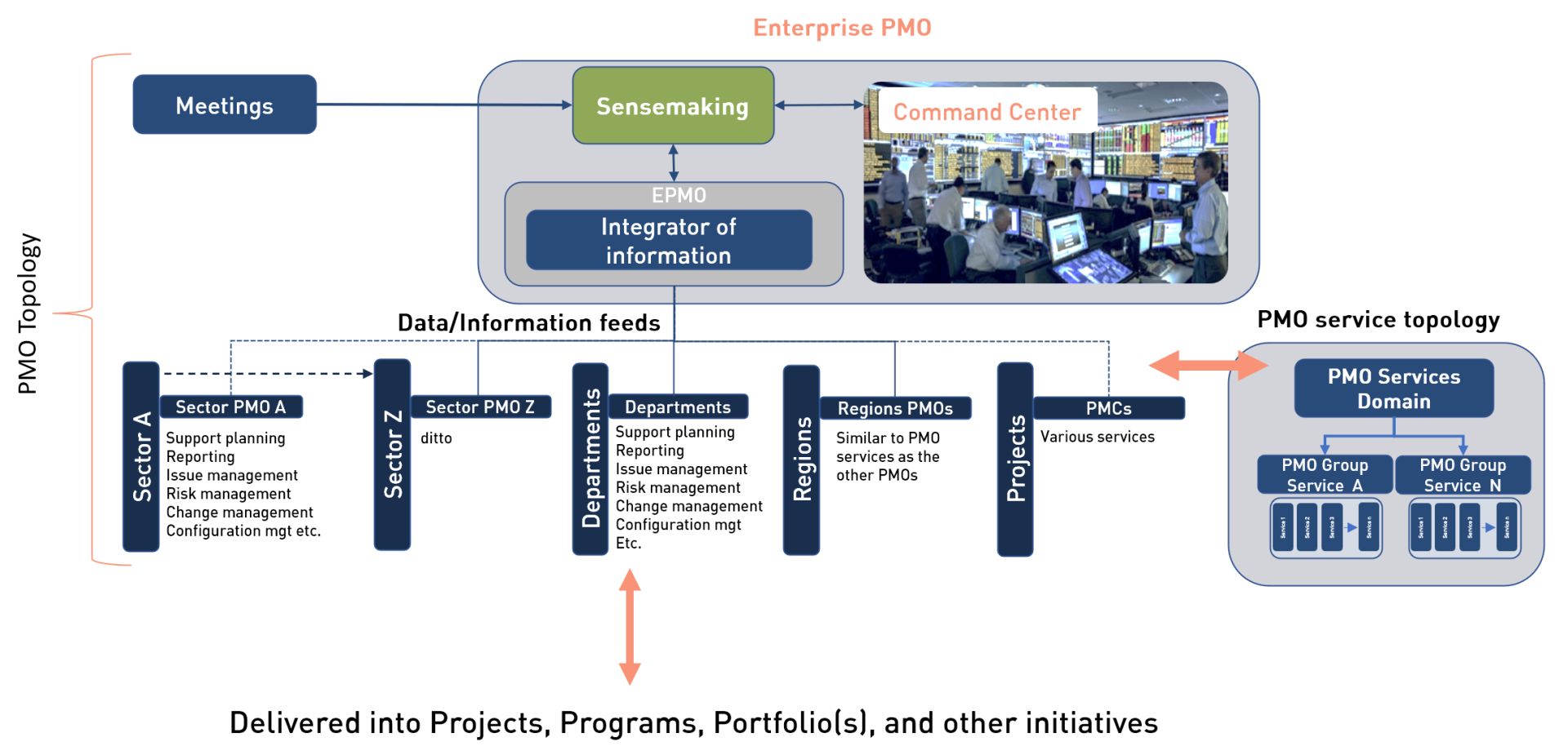Data-Driven PMOs: Enabling Megaproject Command Centers

In the complex landscape of modern project management, data has become an invaluable asset. The evolution of Project Management Offices (PMOs) into data-driven entities has ushered in a new era of precision, efficiency, and innovation.
This transformation is especially evident in the world of megaprojects, where command centers rely on data-driven insights to make real-time decisions. In this article, we explore the architecture and functionality of data-driven PMOs and how they enable command centers to manage large-scale projects effectively.
A significant shift toward data-driven decision-making within PMOs has become increasingly prominent. From traditional project management methodologies, there has been a migration toward real-time information and analytics. This trend has required an architectural transformation within PMOs, focusing on essential components such as data collection, processing, analytics, integration systems, and ensuring security and compliance.
The Evolution of Data-Driven PMOs
The integration of tools and technology has been at the forefront of this change. Project management software, business intelligence (BI) tools, cloud computing, and APIs are just a few examples of the technology driving the data-driven PMOs. They enable remote access, scalability, and real-time collaboration, forming the technological backbone of these modern entities.
Defining the role of each PMO within the PMO topology is critical. Identifying which PMOs are responsible for providing specific data, typically within one or more PMO service, ensures consistency and accuracy. Data owners must be clearly defined, with explicit roles and responsibilities for data quality, integrity, and security. The use of value trees helps illustrate how data contributes to organizational objectives, and various data aggregation approaches are used to combine data from different PMOs and other data sources.

Central to this architecture are data pools and data marts. Data pools act as repositories for raw, unprocessed data, while data marts contain more refined, project-specific information. These structures work in harmony, feeding the command center with real-time insights that enable effective decision-making and control over megaprojects.
Harnessing Technology for Megaproject Command Center
The alignment of this architecture with project objectives and stakeholders is paramount. Strategic alignment ensures that data-driven insights contribute directly to project success. Collaboration and communication between various stakeholders are fostered, and the architecture is tailored and scaled to meet specific project needs.
The implementation of data-driven PMOs in command centers for megaprojects is not without its challenges. But the benefits, including timely and robust decision-making which increases efficiency, accuracy, and improved risk management, outweigh these obstacles. One area where data-driven PMOs shine is in megaproject command centers. These specialized entities need a constant influx of accurate, timely data to make informed decisions. Real-world examples of data-driven PMOs enabling command centers in large-scale projects are increasingly common, showcasing the practical applications of this approach.

As we look to the future, emerging technologies such as AI, machine learning, predictive analytics, and IoT offer exciting possibilities for further enhancing data-driven PMOs. These cutting-edge tools can take project management to new heights, offering even more refined insights and automation.
Implementing data-driven PMOs in command centers requires careful planning and execution. Key strategies and methodologies must be employed, along with continuous training, development, monitoring, and improvement. This commitment to excellence ensures that data-driven PMOs remain agile, adaptable, and aligned with the ever-changing landscape of project management.
In conclusion, the rise of data-driven PMOs represents a profound shift in project portfolio management (PPM) reporting and control. Their architecture, intricately woven with technology, collaboration, and strategic alignment, is shaping the future of how megaprojects are managed. The "Kingdom of PMOs" in Saudi Arabia is no longer a mere concept; it's a tangible reality, paving the way for a future where data is not just an asset but the lifeblood of successful project management. The transformation is not only possible but achievable, and the potential for growth and innovation is boundless.

